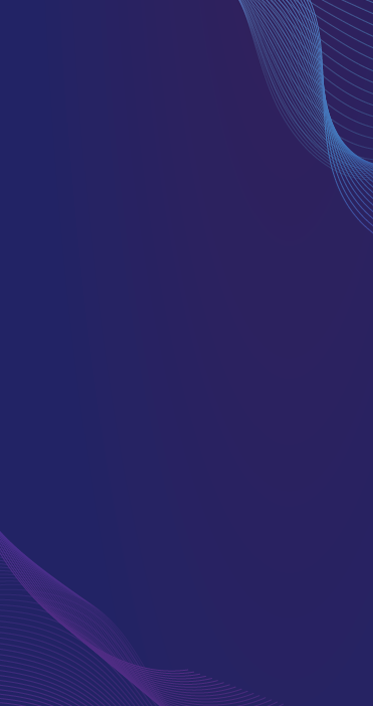Advancing the science and practice of sleep medicine through evidence-based insights and data-driven analysis.


Filter
Category
Topic
Content Type
Sleep Health
Sleep Health
Sleep Health
Sleep Apnea
Sleep Apnea
Sleep Apnea
Sleep Apnea
Sleep Apnea
Sleep Apnea
Sleep Apnea
Sleep Apnea
Sleep Apnea
Sleep Apnea
Sleep Apnea
Sleep Health
Sleep Health
Sleep Apnea
Sleep Apnea
Sleep Apnea
Sleep Apnea
Health Economics
Sleep Apnea
Sleep Apnea
Sleep Apnea
Sleep Health
Sleep Health
Sleep Health
Trends & Innovation
Trends & Innovation
AHI: The primary OSA diagnostic measure?
The AHI and OSA are deeply intertwined, but questions have been asked about AHI as a metric of OSA diagnosis and classification from the beginning.

